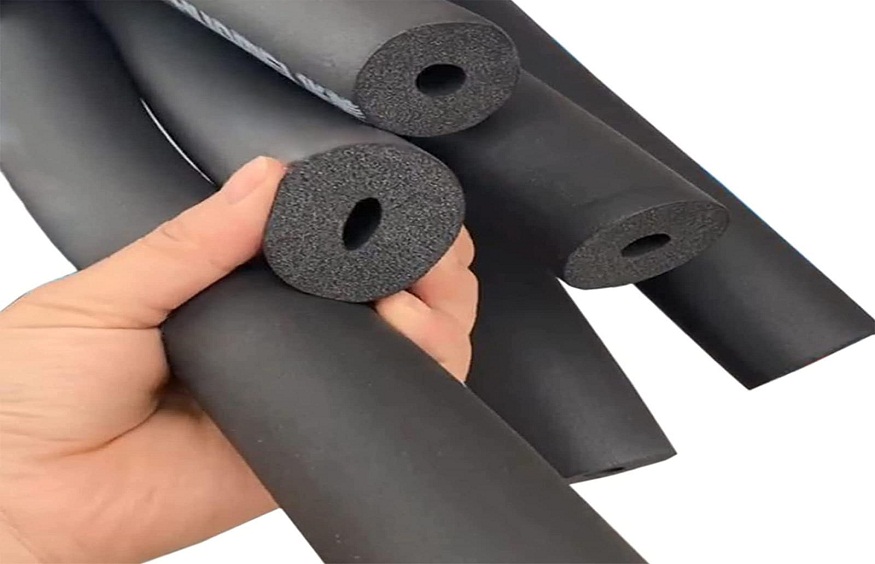Carbon energy systems are becoming more important in the renewable energy industry as the planet struggles with urgent issues of energy sustainability and climate change. These systems provide a viable route to lower greenhouse gas emissions and improve energy efficiency by combining carbon capture technology with renewable energy solutions. Coupled with technologies like carbon insulation coatings, these systems are poised to transform our approach to energy generation and use. The increasing relevance of carbon energy systems, their symbiosis with clean energy solutions, and the function of carbon insulating coatings in optimising sustainability are investigated in this paper.
The Emerging Carbon Energy Systems
An Reaction to Environmental Change
The need of tackling climate change has driven governments and businesses all around to look for creative ideas able to reduce environmental effects. By trapping carbon dioxide emissions from several sources, including power plants and industrial operations, carbon energy systems become rather important in this effort. Integrating carbon capture and storage (CCS) technology into current energy systems will help to greatly lower the CO2 emissions into the environment. This proactive strategy not only addresses climate change but also fits with worldwide initiatives aiming at net-zero emissions by middle-century.
Improving Energy Conversion
Apart from lowering emissions, carbon energy systems help to increase energy economy. These systems may improve the general effectiveness of power producing operations by collecting and reusing CO2. For example, trapped carbon may be used in chemical processes to generate valuable goods such fuels and chemicals or in enhanced oil recovery (EOR). This double advantage of resource recovery and emission reduction sets carbon energy systems as a major actor in the change towards a more sustainable energy scene.
Working with Clean Energy Solutions
Complementing Alternative Energy Sources
Not only are carbon energy systems not stand-alone fixes; they also complement other renewable energy sources like solar, wind, and hydroelectric power. Including these technologies into renewable energy systems will help us to build a more flexible and strong electricity grid that makes best use of available clean resources and reduces dependency on fossil fuels. For low renewable generation, for instance, carbon capture technology may provide backup power by combining collected CO2 with biomass or natural gas.
Promoting Grid Stability
Because carbon and clean energy solutions provide a consistent supply of dispatchable electricity, their integration also improves grid stability. Having a backup system that can rapidly ramp up or down guarantees that the power supply meets demand without sacrificing dependability because renewable energy sources are often erratic. Maintaining grid stability as additional renewable sources are included into the mix depends on this skill.
Carbon Insulation Coatings: Their Function
Maximising Building Energy Efficiency
An additional creative use for sustainable energy solutions is carbon insulation coatings. These sophisticated coatings are meant to improve building thermal insulation, thus lowering heat loss in the colder months and so limiting heat gain in the warmer ones. Improving building envelope efficiency helps to greatly cut heating and cooling needs, hence lowering energy consumption and greenhouse gas emissions by means of carbon insulation coatings.
Strength and Longevity
Apart from its insulating qualities, longevity of carbon insulation coatings is well-known. Unlike conventional insulating materials that could deteriorate with time, these coatings keep their efficiency over long stretches of time with less maintenance needed. This lifetime not only lessens the need for regular replacements but also helps to lower building waste—a crucial component of environmentally friendly building design.
Ideas Driving Carbon Energy Systems
Novel Technologies for Carbon Capture
The subject of carbon capture is changing quickly as new technologies under development constantly increase efficiency and lower prices. Direct air capture (DAC) and other innovations let CO2 be removed from ambient air instead of from point sources like power plants. This capacity presents new paths for reducing emissions in several spheres, including agriculture and transportation. Their incorporation into larger carbon energy systems will become more realistic as these technologies develop.
Applied artificial intelligence (AI)
Optimising carbon energy systems is being done in great part by artificial intelligence. By means of extensive data analysis from many sources, artificial intelligence algorithms may improve decision-making procedures about carbon capture activities. AI can assist maximise efficiency while lowering running costs by forecasting variations in CO2 emissions and modifying capture rates. This combination of smart technologies guarantees maximum performance of carbon energy systems.
The Future Scene of Eco-friendly Energy Sources
Policy Encouragement and Funding
Strong legislative frameworks and investment are absolutely necessary if carbon energy systems are to fully realise their promise. Funding for research and development projects targeted at developing carbon capture technology must be given top priority by governments thus motivating businesses to embrace these solutions. Driving innovation and scaling up deployment across many sectors will depend critically on cooperative efforts between public and commercial sectors.
Public Acceptance and Consciousness
Fostering acceptance and support of carbon energy systems depends on raising public knowledge of their advantages. Campaigns for education stressing their part in slowing down climate change and offering financial possibilities might assist transform public opinion favourably. Participating communities in conversations about sustainable practices can inspire more general involvement in projects meant to lower carbon footprints.
Conclusion
Including carbon insulation coating is a major step towards the realisation of sustainable power solutions able to solve the pressing issues resulting from rising temperatures. These technologies provide the path ahead for a more positive future by means of the emission collecting process and the development of efficiency via synergies with renewable energy sources. Moreover, because they increase thermal performance and lower waste, developments like carbon insulation coatings are quite important in improving sustainability in several sectors.
Using these innovative technologies will be increasingly crucial as we enter a time where environmental preservation is of great relevance to build strong infrastructure capable of maintaining both economic development and environmental balance. Although the road towards sustainable energy solutions is still difficult, integration of carbon energy systems will surely be of the greatest relevance as we aim to make the earth a better place for next generations.





